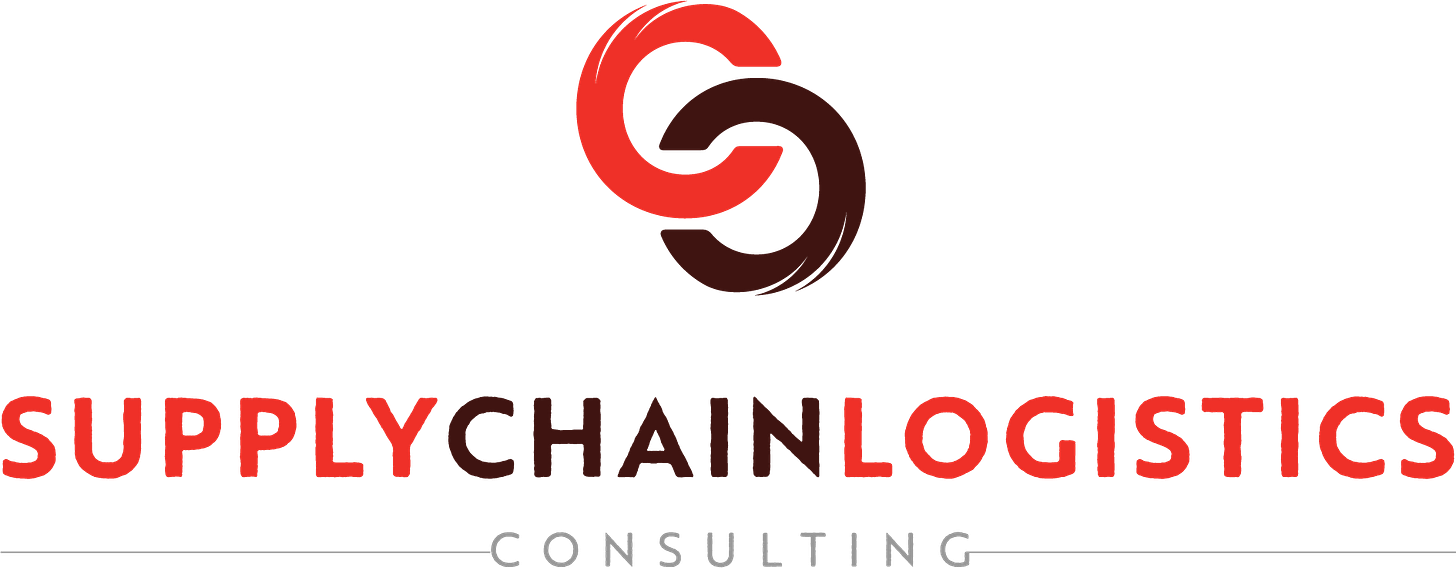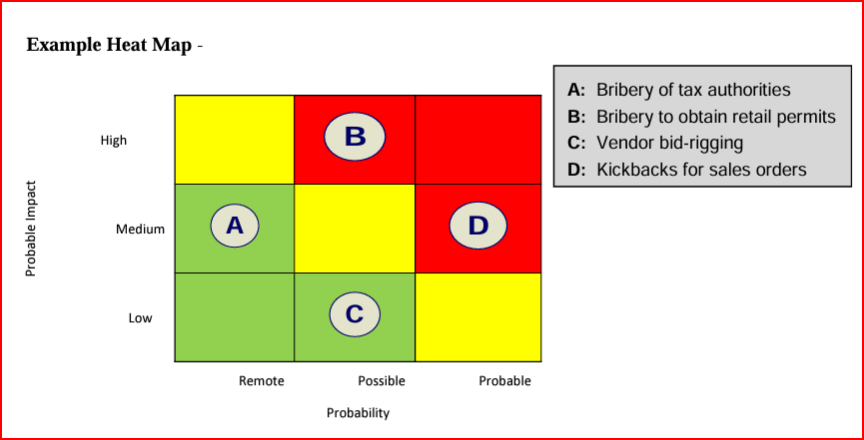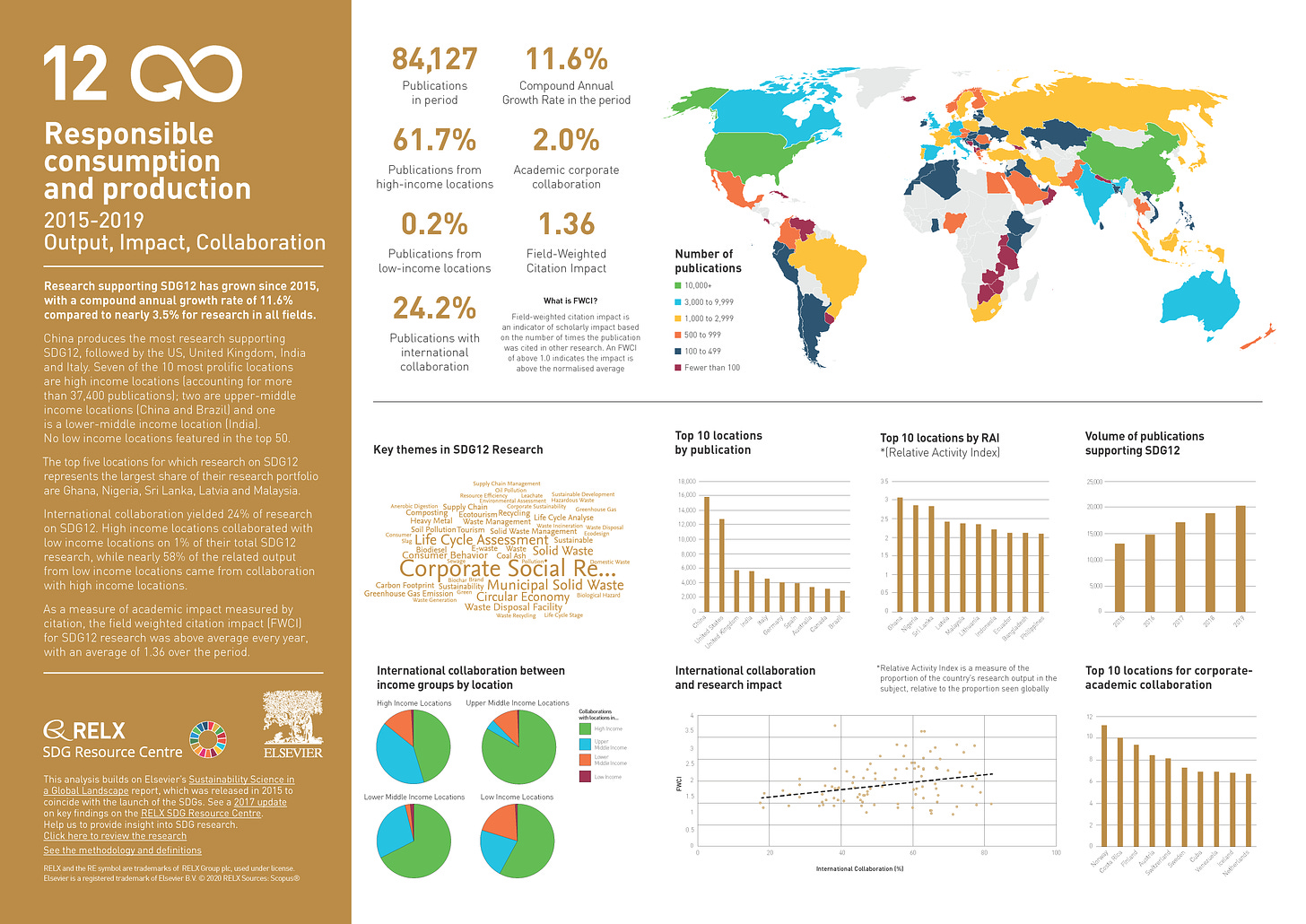Corrupt practices are corrosive to societal progress in a world where trust in institutions is constantly being challenged, the fight against corruption has become more crucial than ever.
One area where corruption can have far-reaching consequences is in public procurement. Ensuring transparency in public procurement is essential for supply chain management and the integrity of due process. Today, we’ll delve into the realm of anti-corruption procurement, exploring its significance and shedding light on how it can aid in building a more transparent and accountable world.
A corrupt practice is the offering, giving, receiving, or soliciting, directly or indirectly, anything of value to influence improperly the actions of another party.
The World Bank’s Anti-Corruption Guidelines and Sanctions Reform (pdf)
Understanding Anti-Corrupt Procurement:
Anti-corrupt procurement refers to the process of ensuring integrity, fairness, and transparency in government procurement practices. It aims to prevent corruption, fraud, and the misuse of public funds by establishing robust mechanisms and regulations.
Eliminating opportunities for corruption to take hold and adopting a stance of anti-corruption in procurement, not only protects public finances but also forges the essential trust required in government institutions for functional administration of societal governance.
Process Integrity: Procurement
Maintaining the methods for the procurement of goods and services that are;
1. Fair
2. Open
3. Transparent
Fair = Contract Awards
Open = To Competition
Transparent = Inscrutable
Get-The-Guide:
U4 Issue October 2011No 10 “The Basics of Integrity in Procurement”
The Essential Nature of of Anti-Corruption for Procurement.
Corruption erodes public trust in governments and public institutions. By implementing anti-corruption procurement practices, governments can demonstrate their commitment to accountability and transparency, rebuilding public confidence in the system.
2. Maximizing Efficiency:
Corruption within procurement processes often results in inflated costs and substandard quality of goods and services. Implementing anti-corruption measures ensures that procurement procedures are fair and competitive, leading to optimal use of public resources and better delivery of goods and services.
3. Fostering Economic Growth:
Corruption hampers economic growth by diverting funds that could otherwise be invested in infrastructure development, healthcare, education, and other critical sectors. Anti-corruption procurement safeguards public funds and promotes economic stability, creating a favorable environment for growth and investment.
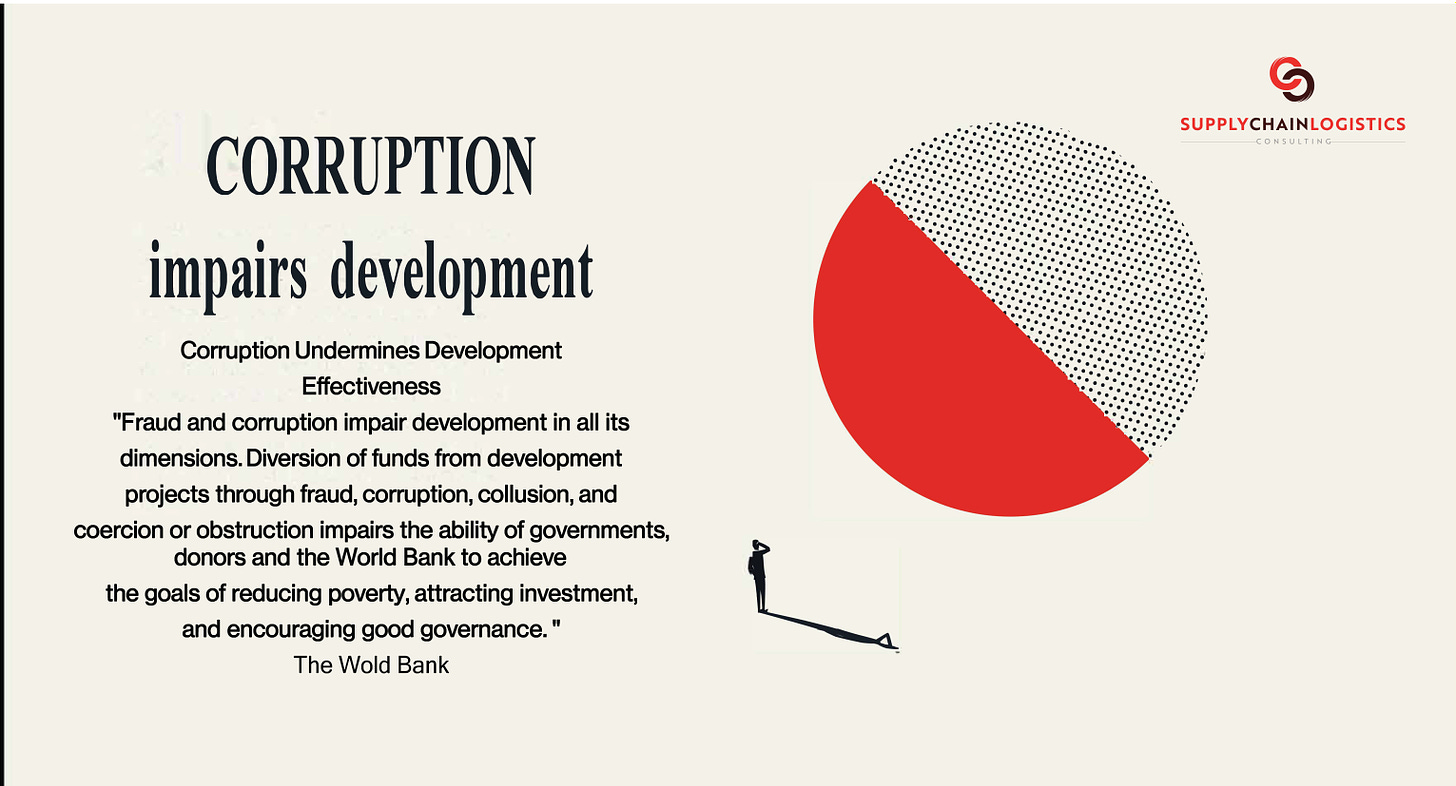
Eliminating Corruption in Procurement.
1. Transparent Bidding Processes:
Ensuring open and competitive bidding processes is a cornerstone of anti-corruption procurement. It involves publishing tender notices, disclosing evaluation criteria, and allowing for fair competition among qualified bidders.
2. Robust Monitoring and Evaluation:
Implementing effective monitoring and evaluation mechanisms is essential to detect and prevent corruption. This includes conducting regular audits, using technology-driven tools, and establishing anti-corruption units to monitor procurement activities.
3. Whistleblower Protection:
Encouraging and protecting whistleblowers who report corruption within procurement processes is critical. By offering anonymity and legal safeguards, governments can create an environment where individuals feel safe to expose wrongdoing.
4. Strengthening Legal Frameworks:
Enacting and enforcing anti-corruption laws and regulations is vital for combatting corruption in procurement. This includes stringent penalties for those found guilty of corrupt practices, as well as establishing independent anti-corruption bodies to investigate and prosecute cases.
Image: The Anti-Corruption Ethics and Compliance Handbook, Risk Analysis Matrix Sample
Anti-Corruption: Promising Initiatives.
Many countries and organizations have taken significant steps to promote anti-corruption procurement. For instance, the World Bank’s Integrity Vice Presidency (INT)1 provides support and guidance to governments in strengthening their procurement systems.
Additionally, platforms such as the Open Contracting Partnership and Transparency International play a pivotal role in advocating for transparency and accountability in public procurement.
The Questions to ask in a Risk Management Approach as suggested by the OECD, UNODC, and World Bank in the Anti-Corruption Ethics and Compliance Handbook for Business.
-
- Who owns the process, and who are the key stakeholders?
- How much time will be invested in the process?
- What type of data should be collected, and how?
- What internal and external resources are needed?
- What framework will be used to document, measure, and manage the corruption risk?
(link to the handbook here)
While anti-corrupt procurement may not be a topic that grabs headlines until there is a scandal or mismanagement leading to public scrutiny, its significance and role as an essential part of supply chain management cannot be overstated. By bolstering transparency, fairness, and accountability, this practice of anti-corruption in procurement contributes to building stronger institutions and restoring public trust.
Governments, organizations, and citizens must collectively champion anti-corruption procurement to pave the way towards a more equitable and prosperous world.
Fraud in Procurement
1. Bribery,
2. Bid rigging,
3. Fraud,
4. Use of informal networks.
Download the Report:
U4 Issue 7, 2006 “Corruption in Aid Funded Emergency Procurement”
Corruption in Procurement: The Warning Signs
More on the list Items here: (https://www.raconteur.net/supply-chain/supply-chain-fraud)
Actions that signal corruption may be present or that contribute directly to a lack of transparency, unfairness and reduce competition where the conditions for fraud exist.
⁃ Excessively low bids:
Is a sign of potential bid rigging and which is a non competitive practice performed by colluding partners that stand to gain from a contract award and are working on either side of the agreement.
⁃ Rejecting viable bids:
Is unfair and exclusionary, unjustly awards the contract when other companies are valid alternatives. Is neither contributing to openness nor upholding the integrity of a competitive process.
⁃ Missing documentation:
Demonstrates corrupt processes may exist with conditions where fraud can flourish. Opaque and unclear decisions cannot be validated and may obscure transactional and financial details. It is not a transparent practice.
⁃ Undisclosed conflicts of interest:
Hiding the potential to exchange insider information may indicate an intent to communicate confidential and materially relevant details for financial gains or for harm and is not a transparent practice.
⁃ New supplier with a rapid rise in orders:
May signal a false front or obscure true ownership through collusion for an undisclosed beneficiary and entails corruption from both sides. This is exclusionary, not open to competing offers, and can signal a deliberate lack of transparency is being enforced.
⁃ Many small orders from a customer:
May indicate collusion and bid rigging to redirect contract awards and act against a large supplier which would otherwise qualify. Acting to obscure the actual value of a contract is not transparent and closes the opportunity to exclude or harm competing vendors.
⁃ Post award changes to contract terms or the value of a contract:
Is unfair by exclusion of potential candidates by purposefully withholding information from the competitive process. It deliberately closes and protects the real contract award from heavy scrutiny and a period of contention which is part of the normal process.
⁃ Excessive personal expenditures made by procurement staff:
May indicate the presence of bribery and kickbacks due to these roles being positioned closely or pivotal to decision making, contract authorization, and having access to confidential information. Bribes and kickbacks especially, when they are non-transparent, illegally made, and paid in huge excess of regular compensation, will degrade a competitive process, and can eventually cause irreparable harm to the integrity of the institutions involved.
Bribes and kickbacks especially, when they are non-transparent, illegally made, and paid in huge excess of regular compensation, will degrade a competitive process, and can eventually cause irreparable harm to the integrity of the institutions involved.
– Procurement staff acting as a middleman on procurements:
An obvious signal that confidential information and undue influence could be present and may effect the integrity of the process. Avoidance of any insider trading, self exclusion from processes where a party may have undue influence on an outcome due to their role or knowledge, and disclosure of any profit to be gained from kickbacks or a potential conflicts of interest, are how to remain transparent and to uphold a competitive process.
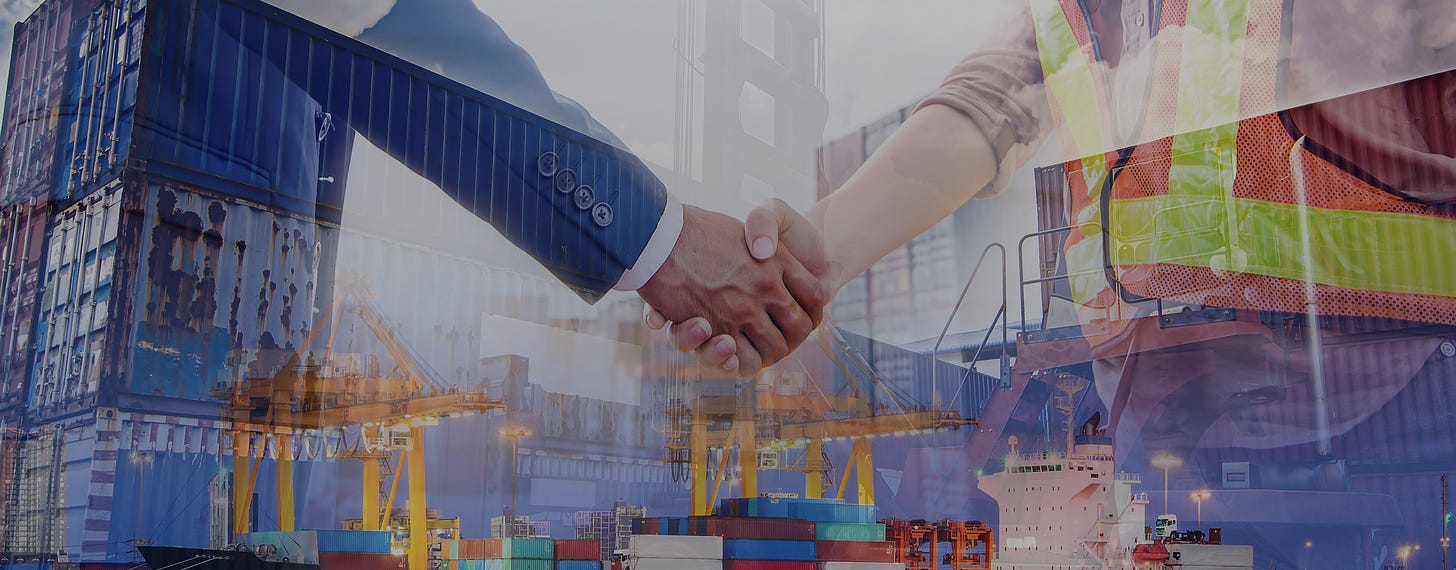
Long-term harm in a country, to its governmental system and a population, is caused through embedding a culture of corruption within public procurement. It is most difficult to expel once distrust of the procurement process is learnt by both private and public corporations and corruption has become the accepted manner of conducting day-to-day business.
#anti-corruption #procurement #supplychainchallenges
‘Complexity’ is Not Going Away.
Certainly not anytime soon…
The complexity of regular business operations requires that guardrails must exist to protect us. These take the form of policies and procedures that mitigate known risks which will inevitably arise.
This is not to say that a company and all activities must grind to a halt if and when, a potential conflict of interest arises. Often happens simply and is because of of the natural coming together of various corporate entities and individuals mobility within them over time. It happens in the regular course of an organizations long lifespan and through regular commercial activities.
The proactive measures, found in the form of procurement policy and standard operating procedures of a business, exist to ensure that there are methods of making ‘the unknown’ into ‘what is known’ and thus, to render it harmless.
These are essential practices that act to protect the integrity of procurement at an institutional level and to provide evidence of, and a basis for the faith that is necessary to continue functional execution of commercial trade and to provision government programs.
Facts about Public Procurement and Fraud
4.6 trillion USD or 29% ofgovernment spending in OECD countries wasin public procurement(2019).
10-30% was lost to corruption and mismanagement practices.
57% of all bribery is on public procurementcontracts.
#supplychain #procurement #anti-fraud
533539-public-procurement-progress-report-highlights.pdf (oecd.org)
Internationally Recognized Resources for Anti-Bribery in Business:
- Anti-Corruption Code of Conduct for Business (APEC: Asia-Pacific Economic Co-operation)
- Business Principles for Countering Bribery (TI: Transparency International)
- Good Practice Guidance on Internal Controls, Ethics and Compliance (OECD: Organisation for Economic Co-operation and Development)
- Integrity Compliance Guidelines (World Bank)
- Principles for Countering Bribery (PACI: World Economic Forum Partnering Against Corruption Initiative)
- Rules on Combating Corruption (ICC: International Chamber of Commerce)
This list of Internationally recognized business instruments on anti-bribery is from the Anti-Corruption Ethics Compliance Handbook.
SDG 12.7.1
SDG indicator number 12.7.1 cites sustainable public procurement as a necessity to achieve the Sustainable Development Goal 12: Responsible Consumption and Production (Sustainable Development Goals 2015).
https://www.itcilo.org/stories/10-surprising-facts-public-procurement

12.7.1 PROMOTE SUSTAINABLE PUBLIC PROCUREMENT PRACTICES
Promote public procurement practices that are sustainable, in accordance with national policies and priorities.
SDG Goal 12: Responsible Consumption and Production
More Information and Referenced Materials:
The World Bank’s Anti-Corruption Guidelines and Sanctions Reform (pdf)
https://www.worldbank.org/content/dam/documents/sanctions/other-documents/osd/User%20Friendly%20Version%20of%20the%20Anti-Corruption%20Guidelines.pdf
ANTI-CORRUPTION ETHICS AND COMPLIANCE HANDBOOK FOR BUSINESS (pdf)
https://www.oecd.org/corruption/Anti-CorruptionEthicsComplianceHandbook.pdf
CMI. CHR Michelsen Institute: U4 Issue, October 2011, No. 10, “The Basics of Integrity in Procurement” (pdf)
https://www.u4.no/publications/the-basics-of-integrity-in-procurement.pdf
CMI. CHR Michelsen Institute: U4 ISSUE 7: 2006 “Corruption in Aid Funded Emergency Procurement” (pdf)
https://www.u4.no/publications/corruption-in-aid-funded-emergency-procurement.pdf
2019 OECD Progress Report, Reforming Public Procurement: Progress in Implementing the 2015 OECD Recommendations
https://web-archive.oecd.org/2019-10-21/533539-public-procurement-progress-report-highlights.pdf
International Training Center: ‘10 Surprising Facts about Public Procurement’
https://www.itcilo.org/stories/10-surprising-facts-public-procurement
1 footnote
The World Bank’s Integrity Vice Presidency (INT) investigates allegations of fraud, corruption, collusion, coercion and obstruction in World Bank-supported activities, including allegations against World Bank staff.
At Supply Chain Logistics Consulting our mandate is to improve the way things are done and we would be happy to hear from you. Do you have a specific problem you are solving? A unique solution or a successful story about making a significant change?
Let us know.
Write your response in the comments or send us a message on our contact page. If we get enough responses, we will be highlighting our favorite examples in featured posts so that our readers can benefit from them as well.
If you are interested in hiring a management consultant for your business or project and want to learn more about our management consulting services, please contact us today. We are a professional management consulting firm with years of experience in helping people at businesses like yours to achieve results.


